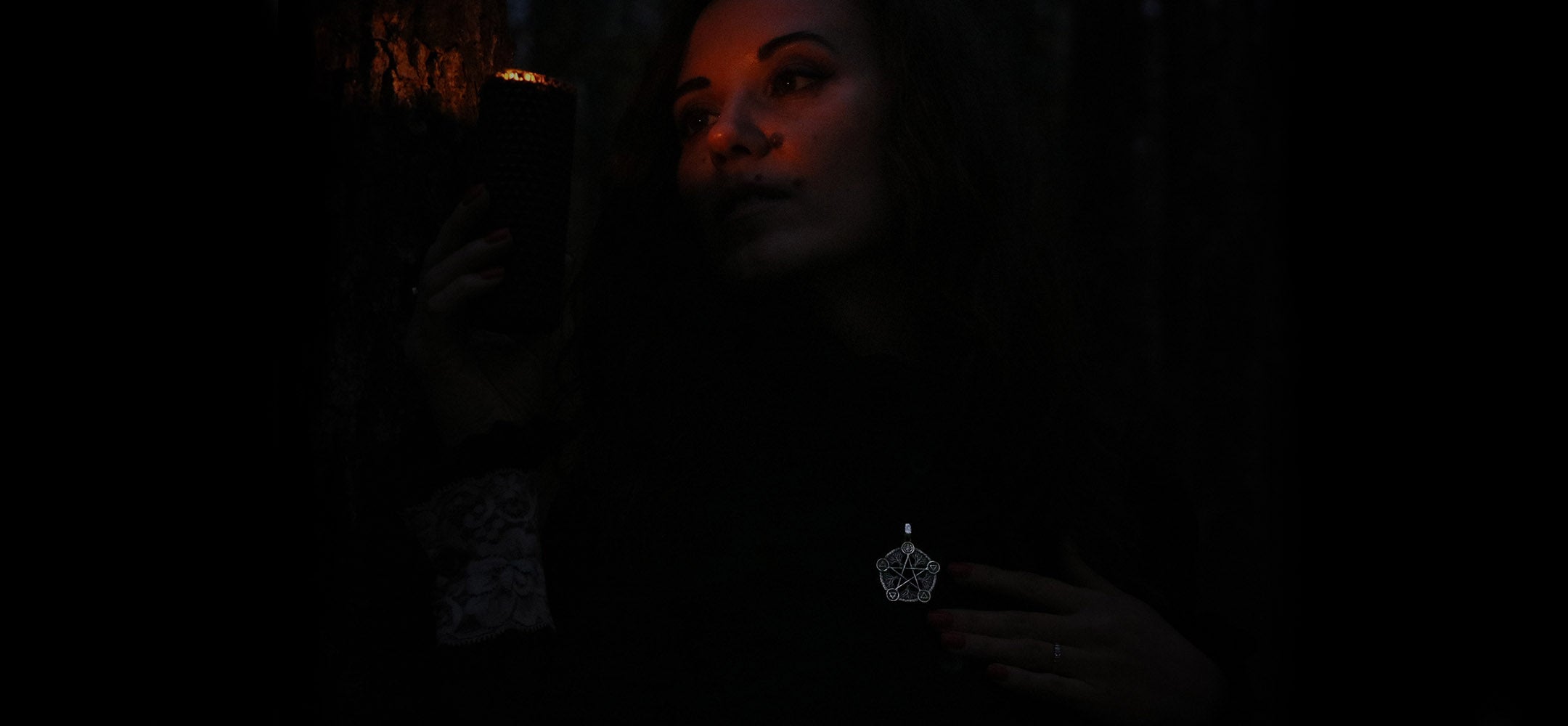Samhain (pronounced "Sow-in") is one of the most significant festivals in the pagan Wheel of the Year, traditionally celebrated from October 31st to November 1st. Marking the end of the harvest season and the beginning of winter, Samhain is often referred to as the pagan New Year. It is a time of transition, when the cycle of growth and abundance shifts toward dormancy and reflection.
Origins and Meaning
Samhain originates from ancient Celtic traditions and was observed as a critical time when the boundary between the physical world and the spirit world was thinnest. For the Celts, the day began at sunset, so the festival started on the evening of October 31st. As a liminal time, Samhain allowed for communication with the dead, making it a day to honor ancestors and loved ones who had passed on.
The word "Samhain" itself means "summer’s end" in Old Irish, signifying the closing of the light half of the year and the entrance into the dark half. While Samhain was linked to death and the otherworld, it was also a celebration of the final harvest, particularly for crops like root vegetables that were stored for the winter.
Spiritual Significance
Samhain is considered a time of introspection, transformation, and renewal. It’s a moment to pause and reflect on the cycles of life and death, both in nature and within ourselves. Death is viewed not as an end, but as part of a larger cycle, where endings make way for new beginnings. Pagans often use this time for divination, seeking guidance for the upcoming year or deeper insights from the spiritual realm.
Because the veil between the worlds is thin, it is common to set up altars honoring deceased ancestors, offering food, drink, or symbolic items as gestures of respect. This connection with the dead is not one of fear but of reverence and remembrance.
Rituals and Traditions
Samhain is rich in rituals, many of which have been passed down through the ages:
- Bonfires: Lighting large fires to protect against wandering spirits and to symbolize the return of the sun during the dark season is a key tradition. People would gather around bonfires for community celebrations, often casting protective spells or making wishes for the new year.
- Feasting and Offerings: Since it marks the final harvest, Samhain is a time of feasting. People would offer the first and last of their crops to the gods or spirits to ensure blessings in the coming year.
- Jack-o'-Lanterns: Carving turnips or pumpkins into lanterns is a modern echo of older traditions meant to ward off malevolent spirits. The light represents protection against the dangers lurking during this spiritually potent time.
- Dumb Supper: This is a meal held in silence to honor the dead, where an extra plate is set for those who have passed on, inviting them to join the gathering.
- Divination: Practices such as scrying, tarot reading, or using runes are common during Samhain. The thinning of the veil is believed to enhance one's ability to receive messages or signs from the other side.
Modern Celebrations
Many of today’s Halloween traditions are rooted in Samhain. Trick-or-treating, costumes, and the use of spooky imagery stem from ancient customs designed to appease or confuse spirits. Modern pagans still observe Samhain through rituals, honoring ancestors, and celebrating the cycle of life and death. It is a night to embrace the unknown and the mystical, recognizing that from darkness, new growth will eventually emerge.
Samhain represents the delicate balance between life and death, the known and the unknown, and offers a time for both personal reflection and communal celebration. It encourages us to honor the past, while preparing ourselves for the rebirth and renewal that lies ahead with the returning light of the sun in the spring.





